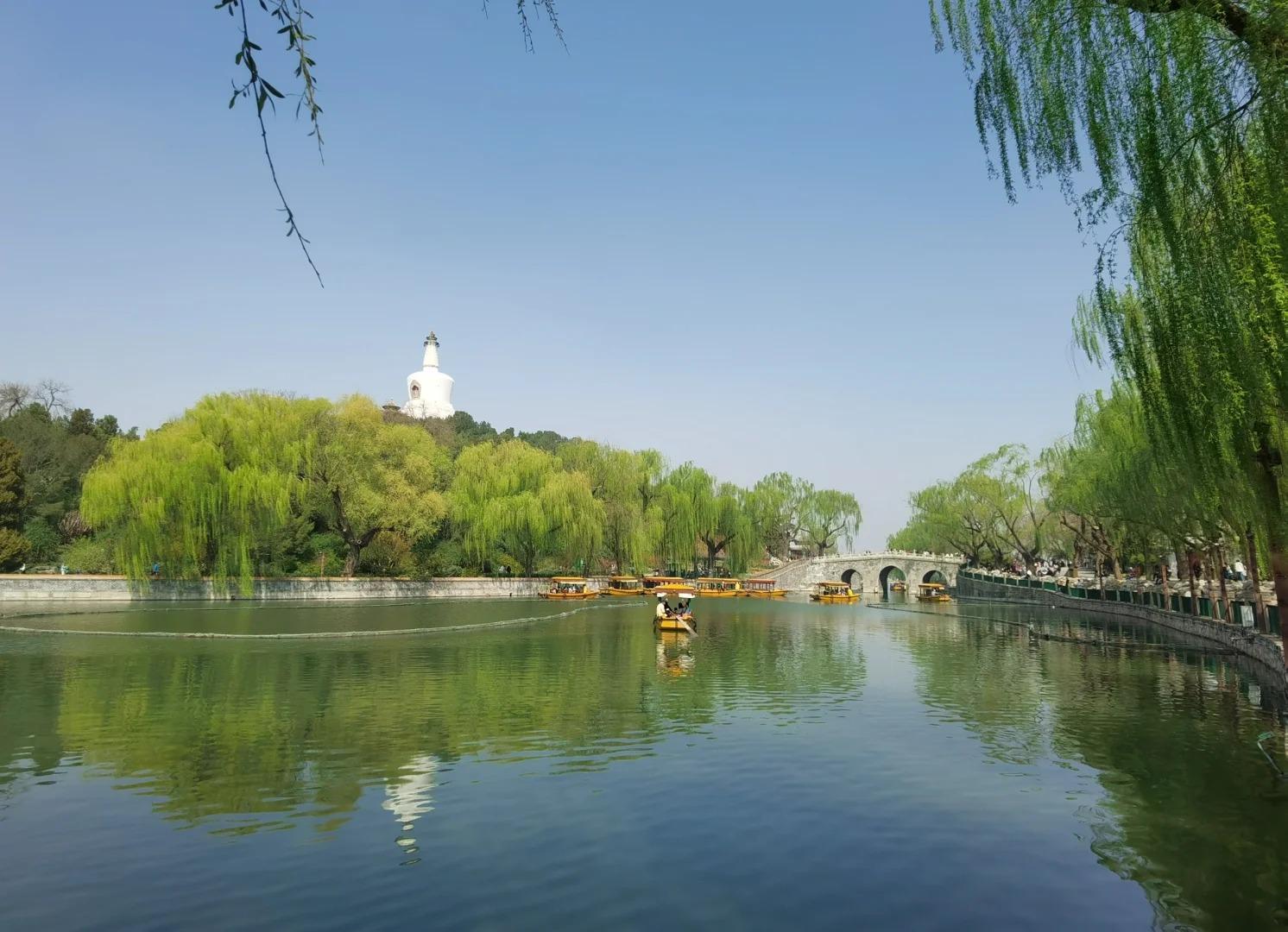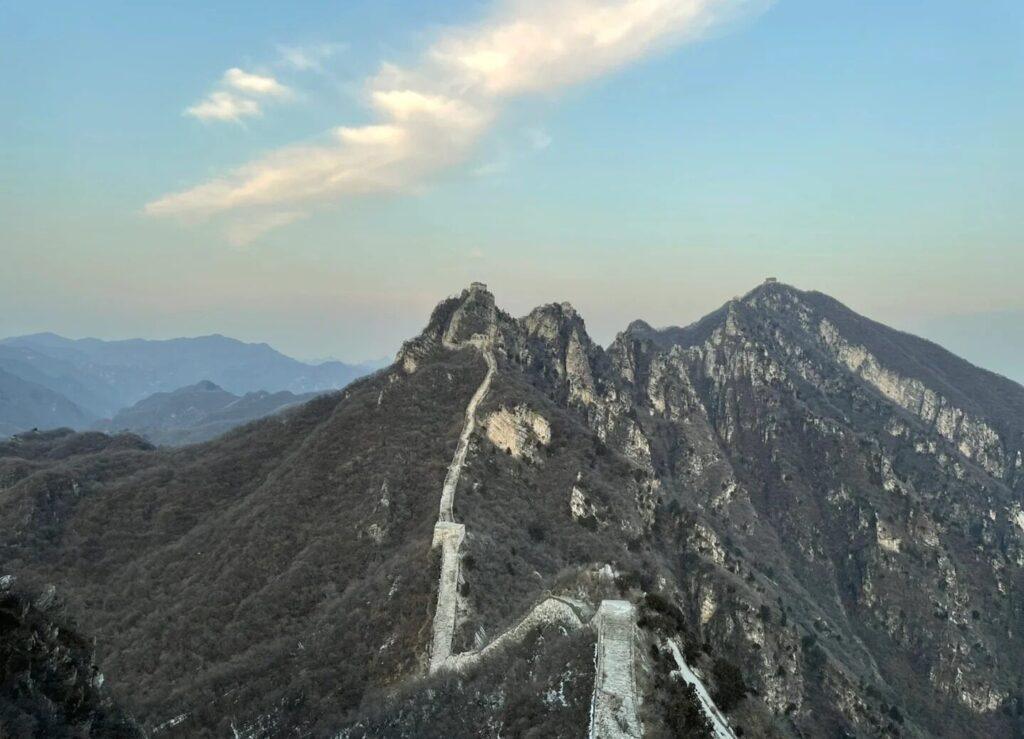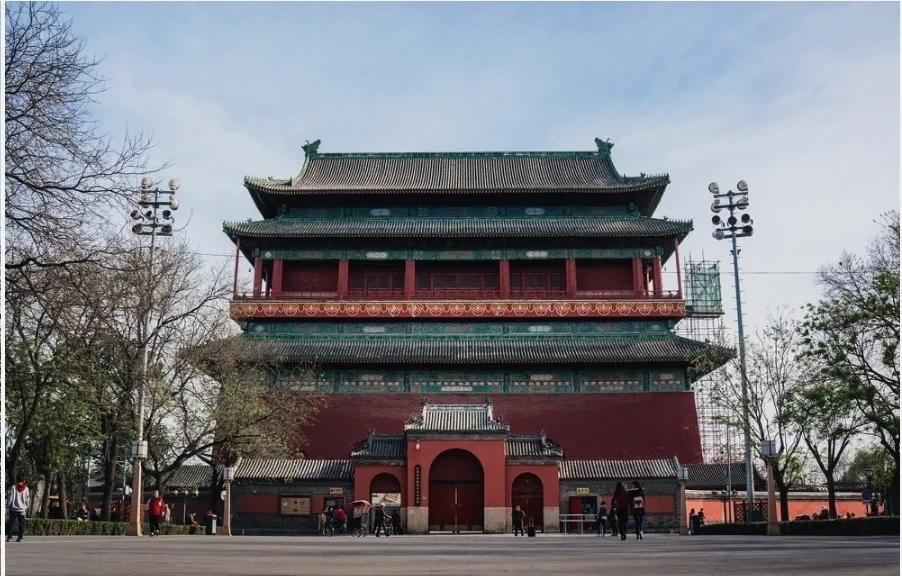Visiting Information
| Information | Details |
|---|---|
| Chinese Name | 北海公园 (Běihǎi Gōngyuán) |
| Location and Address | 1 Wenjin Street, Xicheng District, Beijing, China |
| Opening Time/Hours | 6:30 AM – 9:00 PM (April to October) 6:30 AM – 8:00 PM (November to March) |
| Entrance Fee | 10 CNY (April to October) 5 CNY (November to March) Additional fees for specific attractions within the park |
| How to Get There | By Metro: Line 6 to Beihai North Station (Exit C) By Bus: Take bus 5, 101, 103, 109, 124 to Beihai Park By Taxi: Tell the driver “Beihai Gongyuan” |
| Best Time for Visit | Spring (April to May) and Autumn (September to October) for pleasant weather and beautiful scenery |
| Contact Info | Phone: +86 10 6403 3225 Email: Not available |
Overview
Beihai Park, located in the heart of Beijing, is one of the oldest and most authentically preserved imperial gardens in China. Covering an area of about 69 hectares, with more than half of it being the lake, Beihai Park is a masterpiece of Chinese gardening with over 1,000 years of history. The park is renowned for its beautiful landscapes, ancient architecture, and rich cultural heritage, making it a popular destination for both locals and tourists alike.
Historical Background
The history of Beihai Park dates back to the Liao Dynasty (907-1125), making it one of the oldest imperial gardens in China. It was further expanded and embellished during the Jin, Yuan, Ming, and Qing dynasties. Initially built as the winter palace for emperors, Beihai Park served as a place for royal families to relax, entertain, and handle state affairs. The park has witnessed numerous historical events and reflects the evolution of Chinese garden design over the centuries. After the fall of the Qing Dynasty in 1911, Beihai Park was opened to the public in 1925, transforming it from an exclusive imperial garden to a public park that showcases the beauty and sophistication of traditional Chinese landscape architecture.
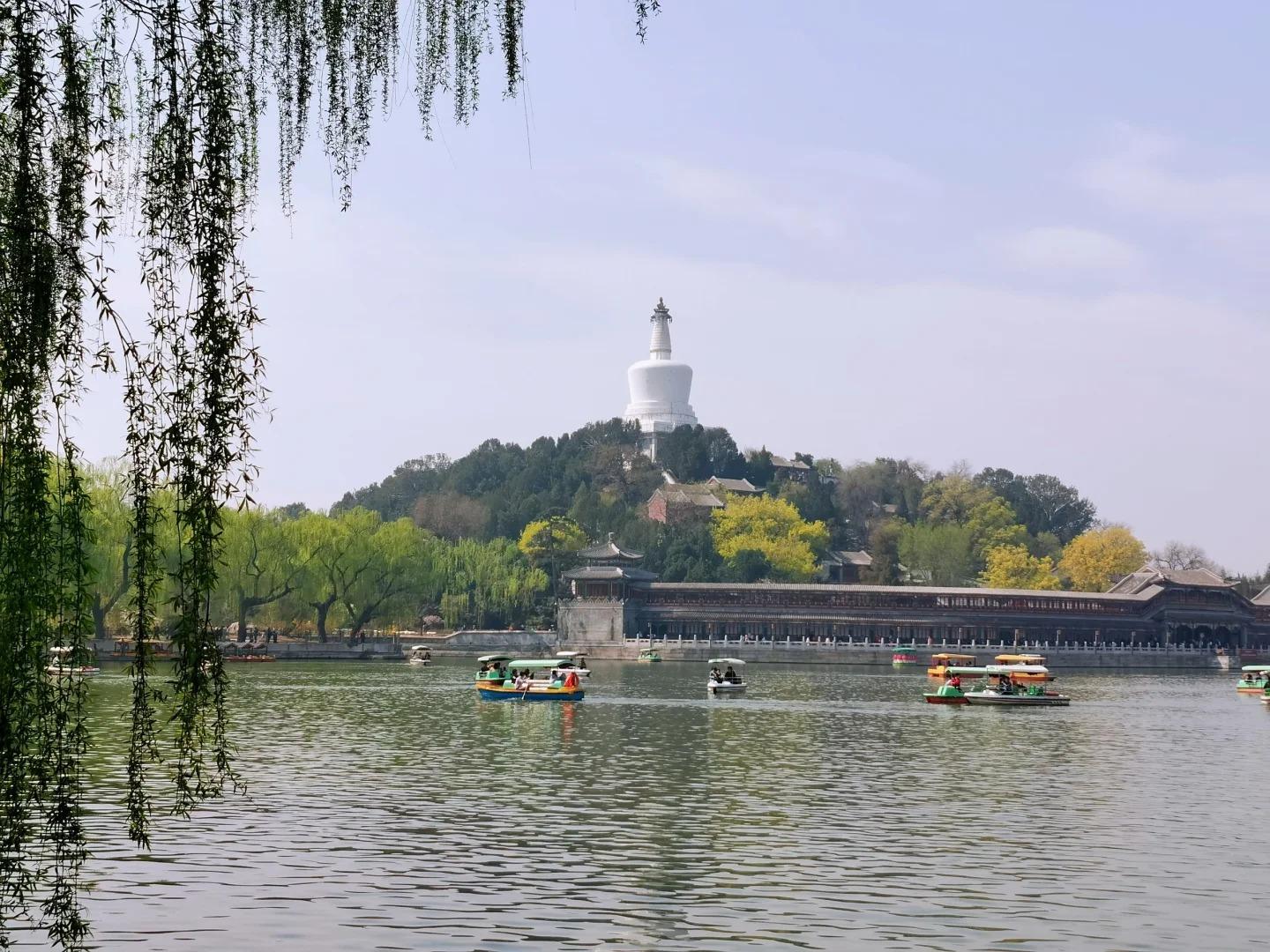
Architectural Features
- White Dagoba: The iconic White Dagoba, situated on Qionghua Island, is the centerpiece of Beihai Park. Built in 1651 during the Qing Dynasty, this 40-meter-high Tibetan-style stupa is made of white stone and is visible from many parts of Beijing. It was constructed to honor the visit of the 5th Dalai Lama to Beijing and symbolizes the harmony between Han and Tibetan cultures. The dagoba houses Buddhist relics and scriptures and is considered one of the most important landmarks in the park.
- Nine-Dragon Screen: Located near the north gate of the park, the Nine-Dragon Screen is one of the finest and largest of its kind in China. Built in 1756, this 27-meter-long, 5-meter-high, and 1.2-meter-thick wall is adorned with glazed tiles depicting nine coiling dragons amid clouds and waves. The screen is a masterpiece of Chinese craftsmanship and was designed to shield the entrance of important buildings from evil spirits.
- Circular City (Tuancheng): This circular complex in the southwestern part of the park was built during the Jin Dynasty (1115-1234). It houses several significant structures, including the Hall of Received Light (Chengguangdian), which contains a 1.6-meter-high jade vase from the Yuan Dynasty. The Circular City offers panoramic views of the park and is known for its exquisite architecture and historical artifacts.
- Five-Dragon Pavilions: These five connected pavilions are situated on the north bank of the lake. Built during the Qing Dynasty, they feature intricate wooden carvings and colorful paintings. The pavilions were used by the imperial family for enjoying the scenery and as a starting point for boat trips on the lake. Their reflection in the water creates a picturesque scene that is popular among photographers and visitors.
Cultural Importance
Beihai Park holds immense cultural significance as a testament to China’s imperial past and traditional landscape architecture. It embodies the philosophical and aesthetic principles of Chinese garden design, blending natural elements with man-made structures to create harmonious and symbolic spaces. The park’s layout and features reflect Taoist, Buddhist, and Confucian influences, making it a microcosm of Chinese cultural beliefs. As a former imperial garden, Beihai Park preserves the legacy of China’s ruling dynasties, offering insights into the lifestyles and tastes of emperors and the elite. The various structures, inscriptions, and artifacts within the park serve as valuable historical records, providing a tangible link to China’s rich cultural heritage. Today, Beihai Park continues to play a vital role in cultural education and preservation, offering visitors a chance to experience traditional Chinese arts, such as calligraphy, painting, and music, through various events and exhibitions held throughout the year. The park’s enduring popularity among locals for leisure activities also highlights its importance in contemporary Chinese urban life, bridging the past and present.
Surrounding Attractions
- Jingshan Park: Located just east of Beihai Park, Jingshan Park is an artificial hill offering panoramic views of Beijing, including the Forbidden City. Originally part of the imperial palace grounds, it was built using soil excavated from the Forbidden City’s moats. The park features five pavilions at its summit and is famous for its peony garden. Jingshan Park is particularly popular during sunset, when visitors can enjoy breathtaking views of the city bathed in golden light.
- Shichahai Lakes: North of Beihai Park, the Shichahai area consists of three lakes: Qianhai, Houhai, and Xihai. This historic district is known for its picturesque hutongs (traditional alleyways), ancient temples, and vibrant nightlife. Visitors can take boat rides on the lakes, explore the narrow streets on foot or by rickshaw, and enjoy local cuisine in the many restaurants and bars that line the shores. The area is particularly charming in the evening when the lakeside establishments light up, creating a festive atmosphere.
- Prince Gong’s Mansion: Located southwest of Beihai Park, Prince Gong’s Mansion is the best-preserved prince’s residence from the Qing Dynasty in Beijing. Built in 1777, it consists of elaborate buildings and beautiful gardens that showcase the lifestyle of Qing Dynasty nobles. The mansion is famous for its intricate rock gardens, ornate architecture, and cultural exhibitions. Visitors can explore the various halls, courtyards, and enjoy traditional Chinese performances held within the complex.
- Forbidden City: About 1 kilometer southeast of Beihai Park lies the world-famous Forbidden City, also known as the Palace Museum. This vast imperial palace complex served as the home of Chinese emperors and the political center of China for almost 500 years during the Ming and Qing dynasties. With its magnificent architecture, priceless artifacts, and extensive collections, the Forbidden City offers an unparalleled glimpse into China’s imperial history. Visitors can explore the grand halls, intricate gardens, and learn about the daily lives and rituals of the emperors and their courts.
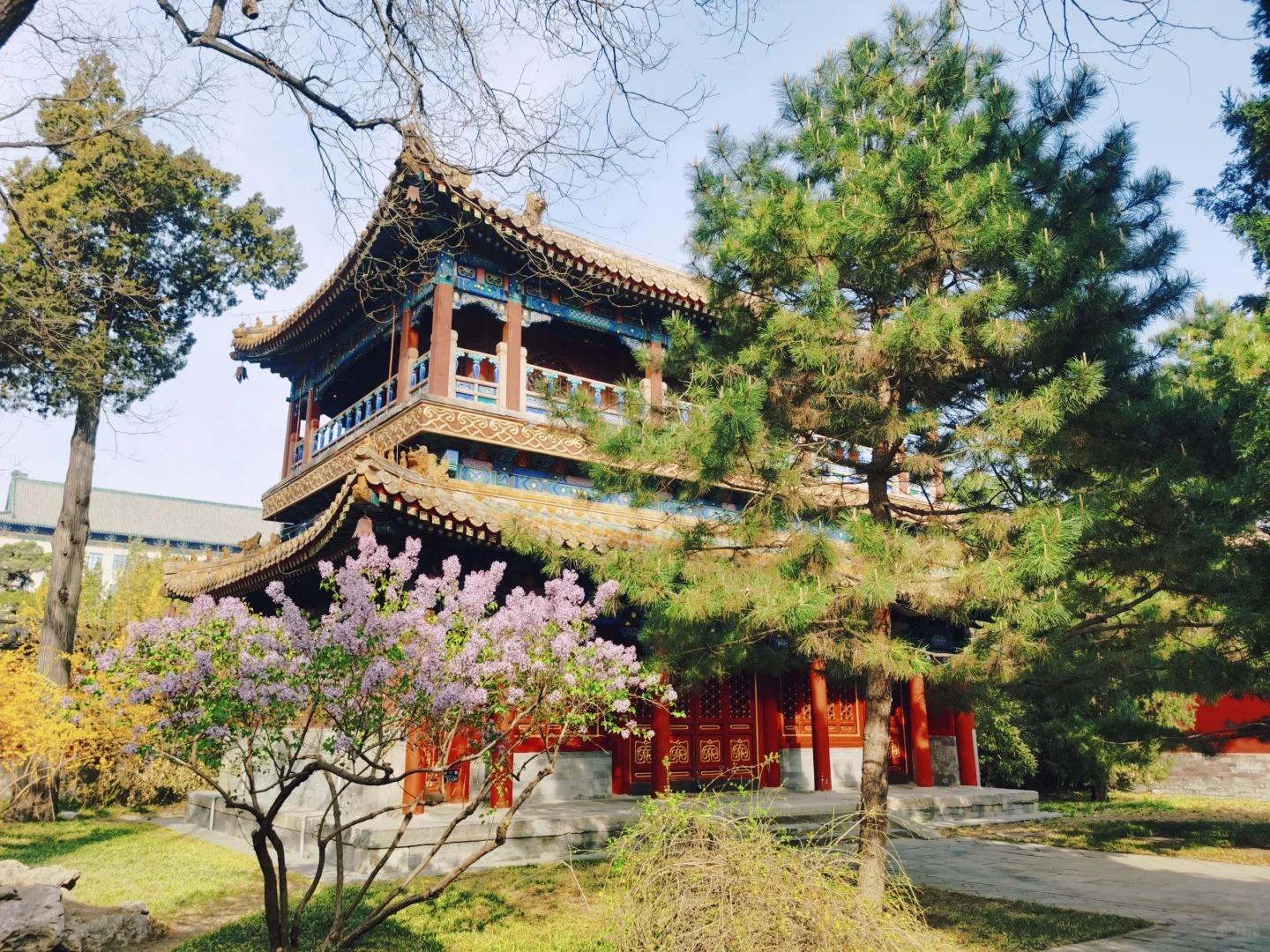
Photography Opportunities
- White Dagoba Reflections: The White Dagoba on Qionghua Island offers stunning photo opportunities, especially when reflected in the calm waters of Beihai Lake. Early morning or late afternoon light can create beautiful contrasts and colors, enhancing the serene atmosphere of this iconic structure. Photographers can capture various angles of the dagoba from different points around the lake, with the changing seasons providing diverse backdrops throughout the year.
- Traditional Architecture: Beihai Park’s numerous pavilions, bridges, and halls provide excellent subjects for architectural photography. The intricate details of roof eaves, colorful paintings, and ornate stone carvings offer opportunities for both wide-angle shots and close-up detail photographs. The Five-Dragon Pavilions, in particular, are popular for their picturesque reflections in the lake and their traditional Chinese architectural elements.
- Seasonal Landscapes: The park’s diverse flora creates beautiful photographic opportunities throughout the year. Spring brings cherry blossoms and peony blooms, summer showcases lush greenery and lotus flowers, autumn offers golden foliage, and winter can transform the park into a serene snow-covered landscape. The changing seasons provide photographers with a variety of colors and moods to capture the park’s natural beauty.
- Lake Activities: The activities on Beihai Lake offer dynamic photo opportunities. Capture images of traditional boats gliding across the water, people practicing tai chi by the lakeside, or families enjoying pedal boats. During summer evenings, the lake comes alive with colorful lights reflected on the water, creating magical scenes for night photography.
Modern Importance
- Urban Green Space: In the densely populated city of Beijing, Beihai Park serves as a crucial urban green space, providing residents and visitors with a tranquil oasis amidst the bustling metropolis. The park’s extensive gardens, tree-lined paths, and large lake contribute significantly to improving air quality and biodiversity in the city center. As urban development continues to intensify, the preservation and maintenance of Beihai Park become increasingly important for the physical and mental well-being of Beijing’s inhabitants, offering a space for relaxation, exercise, and connection with nature.
- Cultural Heritage Preservation: Beihai Park plays a vital role in preserving and showcasing China’s cultural heritage. As one of the oldest and best-preserved imperial gardens, it serves as a living museum of Chinese landscape architecture, art, and history. The ongoing conservation efforts at the park not only maintain its historical structures but also educate visitors about traditional Chinese culture and aesthetics. Through various cultural events, exhibitions, and educational programs held in the park, Beihai continues to be a center for promoting and passing down Chinese cultural traditions to new generations.
- Tourism and Economic Impact: As a major tourist attraction in Beijing, Beihai Park contributes significantly to the city’s tourism industry and local economy. The park attracts millions of visitors annually, both domestic and international, generating revenue through entrance fees, boat rentals, and various services within the park. This influx of visitors also benefits surrounding businesses, such as restaurants, hotels, and souvenir shops. The park’s popularity helps promote Beijing as a cultural tourism destination, supporting the broader tourism sector and related industries in the city.
- Community Engagement and Social Cohesion: Beihai Park serves as an important community space for Beijing residents, fostering social interactions and cultural activities. The park hosts various events throughout the year, including traditional festivals, art performances, and recreational activities, which bring people together and strengthen community bonds. For many locals, the park is a favored spot for morning exercises, leisurely strolls, or gathering with friends and family. This role in community life enhances social cohesion and contributes to the quality of urban living in Beijing, making Beihai Park an integral part of the city’s social fabric.
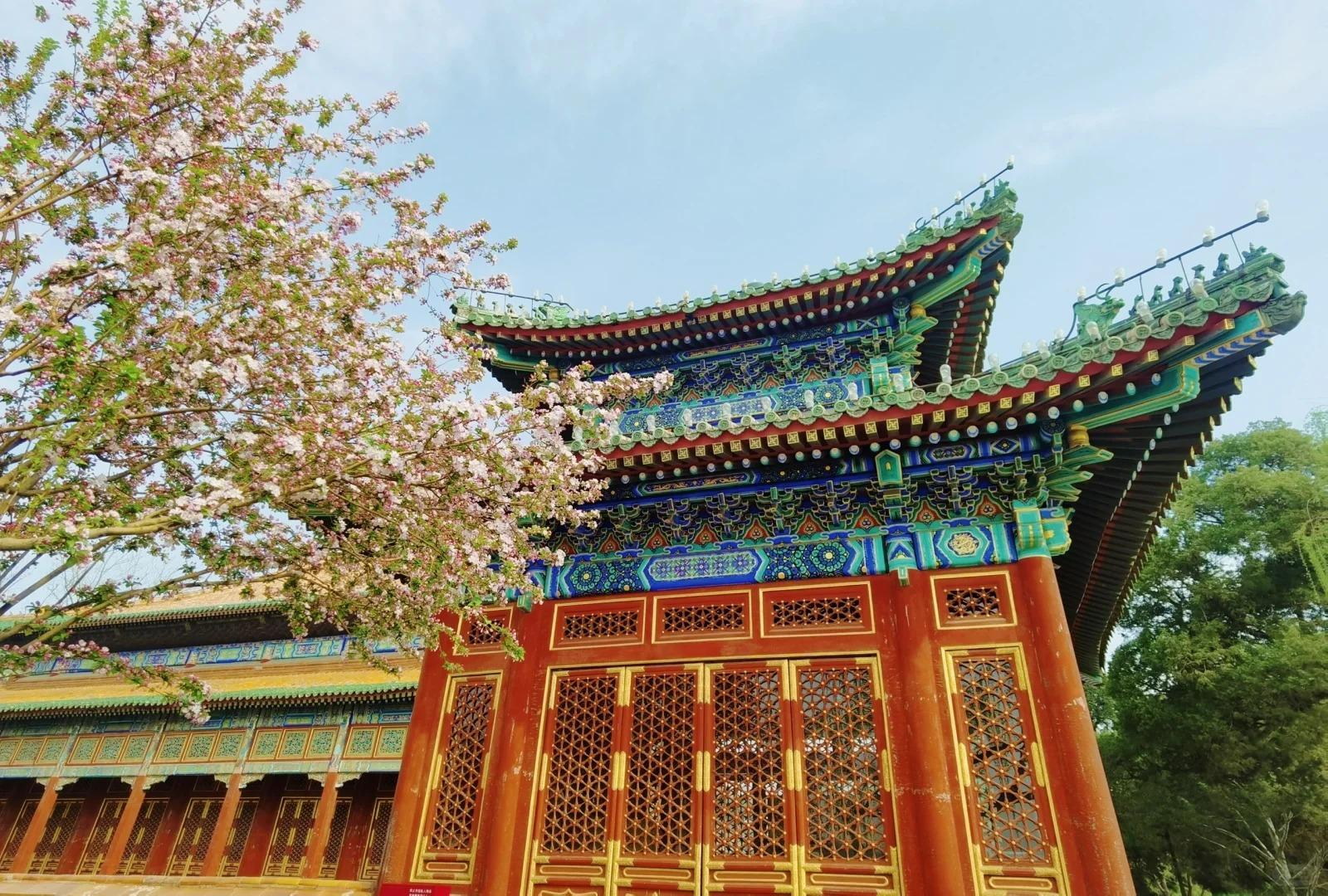
FAQ
- What is Beihai Park famous for?
Beihai Park is famous for its long history as an imperial garden, its beautiful landscapes, the iconic White Dagoba, traditional Chinese architecture, and its large lake. It’s known as one of the oldest, largest, and best-preserved imperial gardens in China. - What’s inside Beihai Park?
Inside Beihai Park, you’ll find:
1. A large lake covering more than half of the park’s area
2. The White Dagoba on Qionghua Island
3. Various traditional Chinese buildings including pavilions, temples, and halls
4. The Nine-Dragon Screen
5. The Circular City (Tuancheng)
6. Beautiful gardens with a variety of plants and flowers
7. Boat rental facilities for lake activities - Is Beihai Park free?
No, Beihai Park is not free. There is an entrance fee of 10 CNY from April to October and 5 CNY from November to March. Some attractions within the park may have additional fees. - Is Beihai Park worth visiting?
Yes, Beihai Park is definitely worth visiting. It offers a unique blend of natural beauty, historical architecture, and cultural significance. As one of the best-preserved imperial gardens in China, it provides visitors with insights into Chinese history, art, and landscape design while offering a peaceful retreat in the heart of Beijing. - What to do in Beihai Park?
In Beihai Park, you can:
1. Visit the White Dagoba on Qionghua Island
2. Explore various historical buildings and gardens
3. Take a boat ride on the lake
4. Enjoy a leisurely walk around the park
5. Visit the Nine-Dragon Screen and Circular City
6. Participate in cultural activities or watch performances (seasonal)
7. Practice tai chi or join locals in morning exercises
8. Enjoy picnics or relax by the lakeside
9. Take photographs of the beautiful scenery and architecture - How do I get to Beihai Park in the local city?
To get to Beihai Park in Beijing:
1. By Metro: Take Line 6 to Beihai North Station and use Exit C
2. By Bus: Take buses 5, 101, 103, 109, or 124 to Beihai Park stop
3. By Taxi: Ask the driver to take you to “Beihai Gongyuan”
4. Walking: It’s within walking distance from the Forbidden City and Jingshan Park - How to visit Beihai Park?
To visit Beihai Park:
1. Purchase tickets at the entrance
2. Start early to avoid crowds, especially during peak season
3. Wear comfortable walking shoes as the park is large
4. Bring water and snacks, though there are also places to buy food in the park
5. Consider renting a boat for a different perspective of the park
6. Visit the White Dagoba and other key attractions
7. Take time to enjoy the gardens and lake views
8. Check for any special events or performances happening during your visit
9. Allow at least 2-3 hours to explore the main areas of the park



